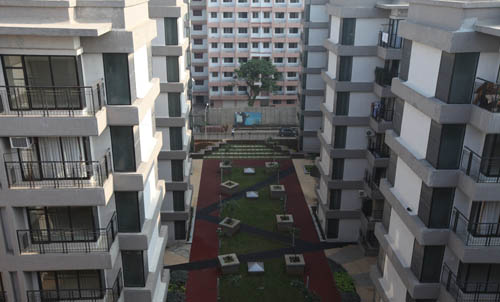
Kohinoor City takes integrated township to a new level
An integrated township at the heart of a city like Mumbai? You must be joking. Right?

An integrated township at the heart of a city like Mumbai? You must be joking. Right?

While the city of Mumbai is known for living in cramped space with high-rise & high-density being the norm, Kohinoor City has opted for low-rise and low-density township.
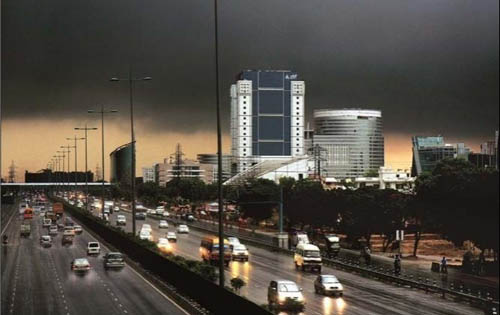
Central Business Districts (CBDs) are supposed to be the lifeline of the city and a mirror of the economic activity and real estate market trend.
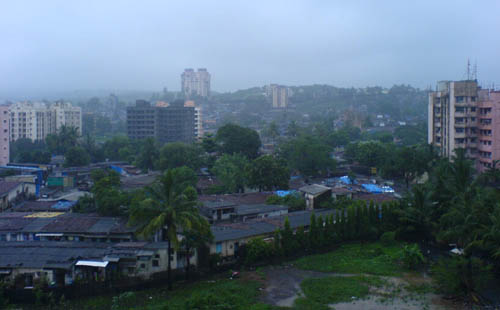
Maharashtra Chamber of Housing Industry has announced ‘Property 2011’ their 18th Real Estate and Housing Finance Exhibition to be held to be held in Mumbai from April 14-17, 2011.
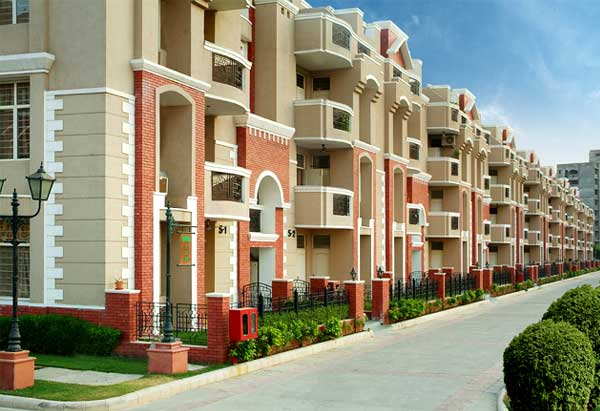
The vision of owning a house is slowly getting clearer for buyers as residential real estate prices are beginning to see the promised correction on the back of hardening interest rates and poor transaction volumes.

Atul Modak, City Head of Kohinoor Group of companies says they are bullish on the Mumbai realty market and have a couple of residential and commercial launches coming up this year. In an interview with Ravi Sinha, he wondered that in a market where input costs are going sky high, how can the market go downwards?

It is an established fact that scheduled infrastructure projects tend to increase the value of properties in the adjoining areas. This occurs because the infrastructure project becomes a part of USP for the developers or property owners. There have been instances where property prices have increased 50-70% from the announcement of an infrastructure initiative until the operational phase.
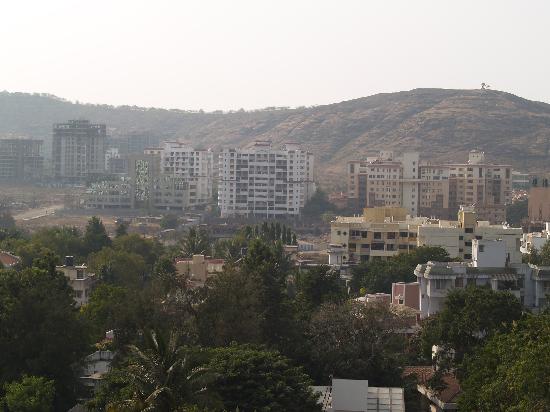
Hinjewadi is the fastest developing IT hub of Pune located north-west to Pune city. Hinjewadi is 10 km from Pune city, 21 km from Pune airport and 16 km from Pune Railway station.

The western cities of Ahmedabad and Mumbai, along with the southern tech hub of Bengaluru, all experienced healthy price appreciation in the 15-21% range whereas Chennai in south and Kolkata in east saw robust growth of 22% compared to the previous year, indicating strong economic activity and housing demand in these metros. This trend points to sustained demand in these economically vital centers. Pune, often seen as a more affordable alternative to Mumbai, also saw an 18% increase, suggesting it’s maintaining its appeal for homebuyers while still seeing significant price growth.

The report further observed that growing interest in under-construction (UC) properties has resulted in a capital appreciation of 11% QoQ across the tracked cities, with significant growth seen in Thane (19.5% QoQ), Gurugram (17.3% QoQ) and Noida (14.5% QoQ). Additionally, the report indicated that demand for 3BHK units continues to dominate, accounting for 50% or more of total demand in most cities, except for Chennai, Navi Mumbai, and Thane, where 2BHK units remain the preferred choice.
